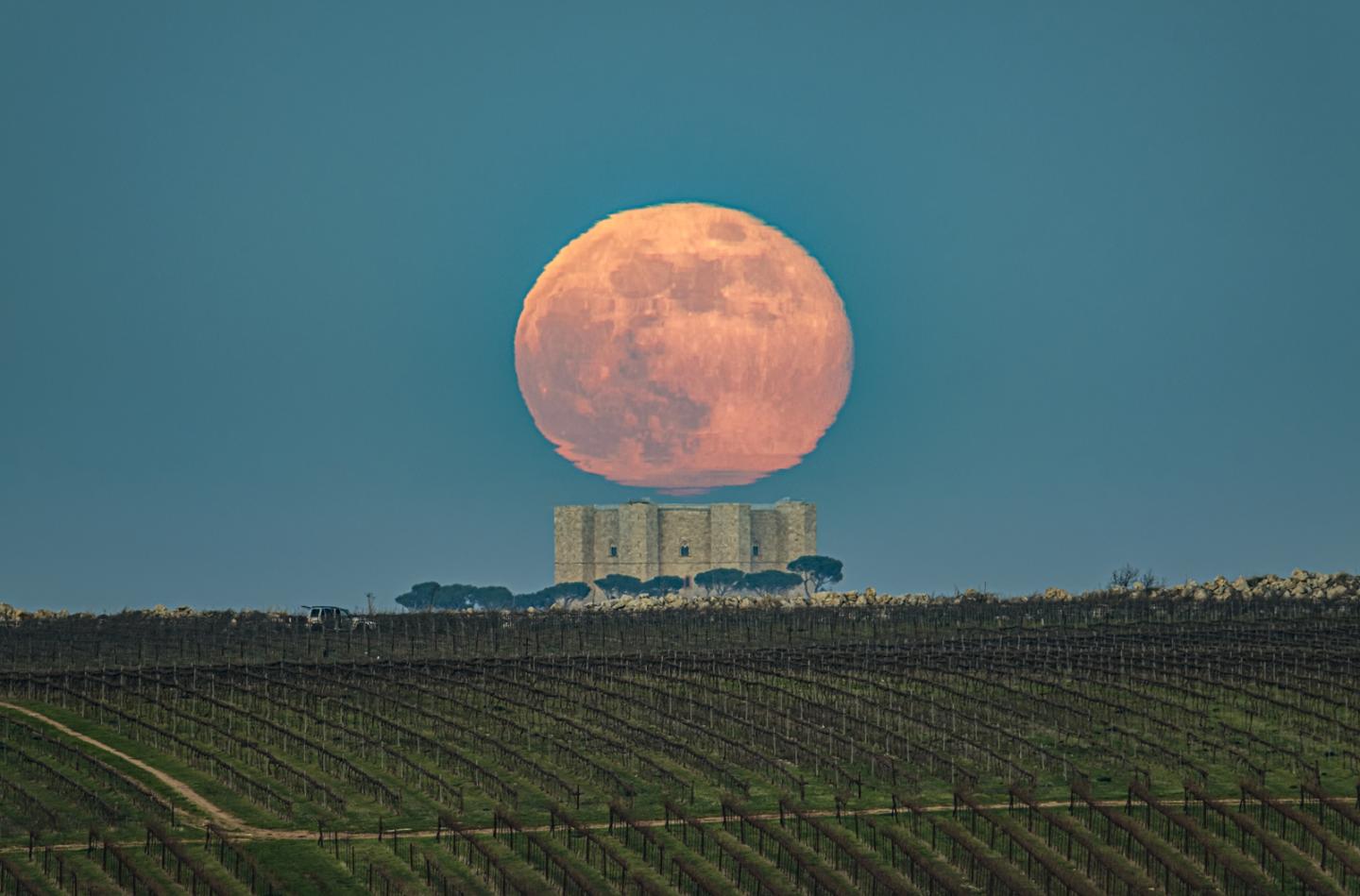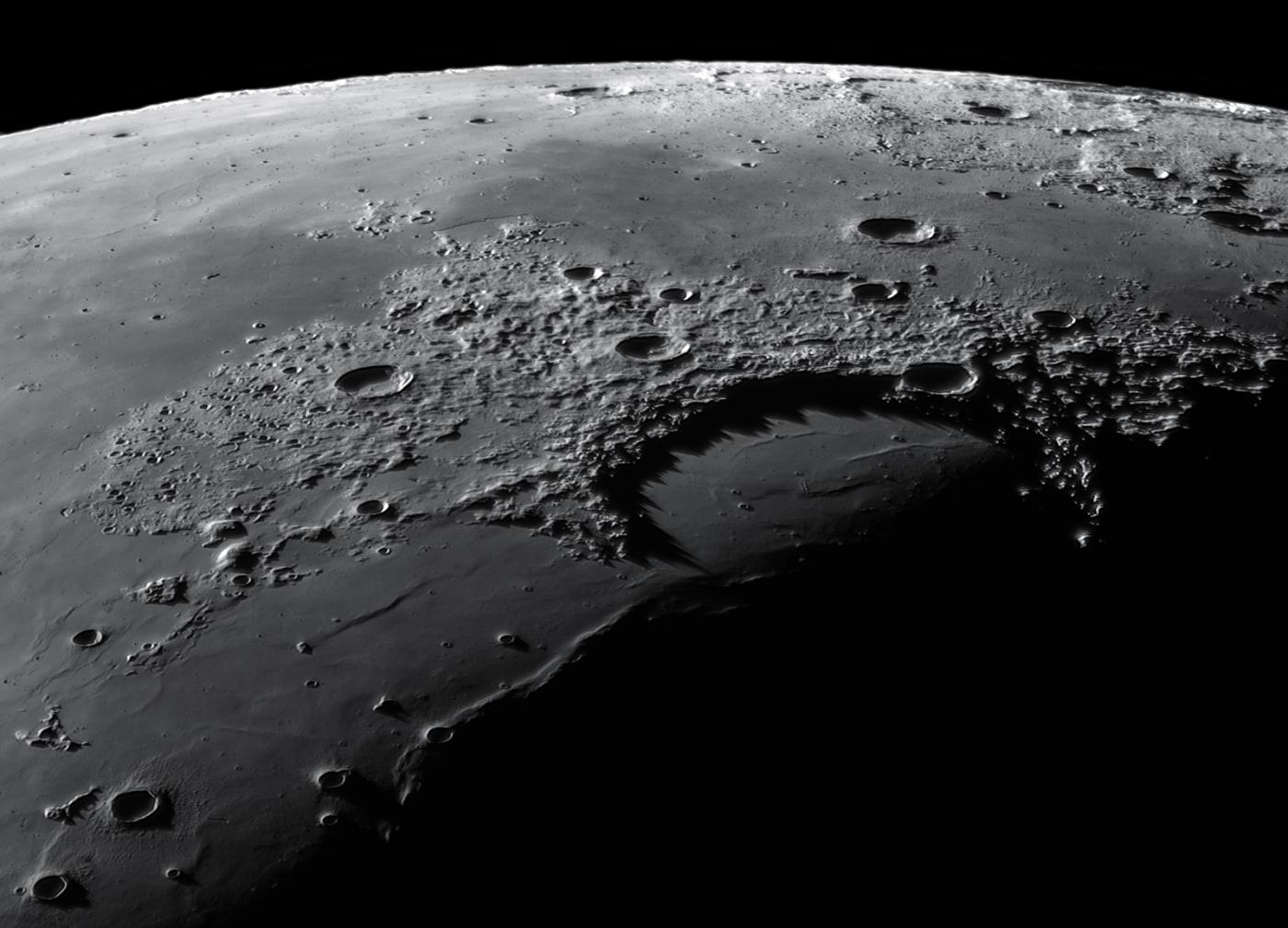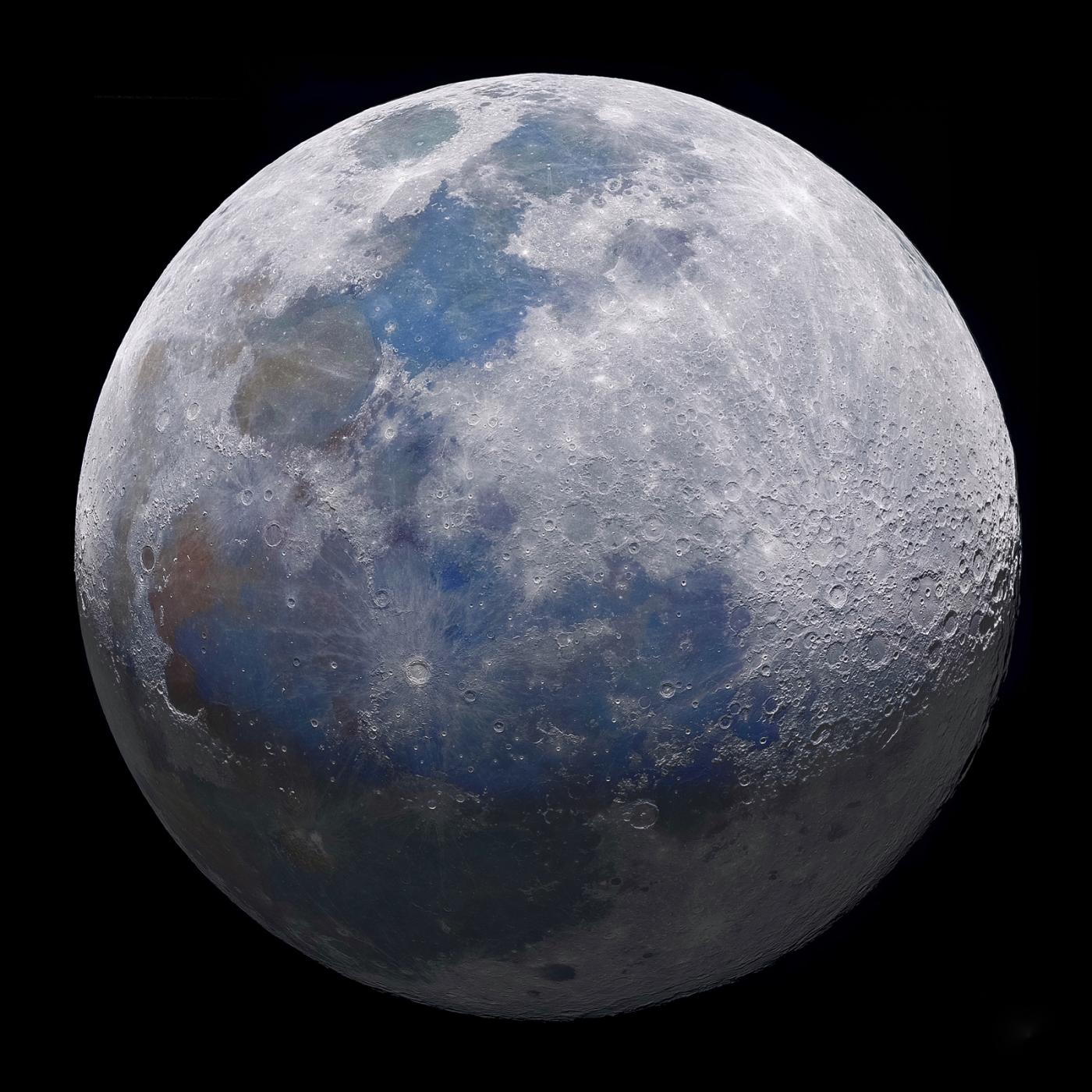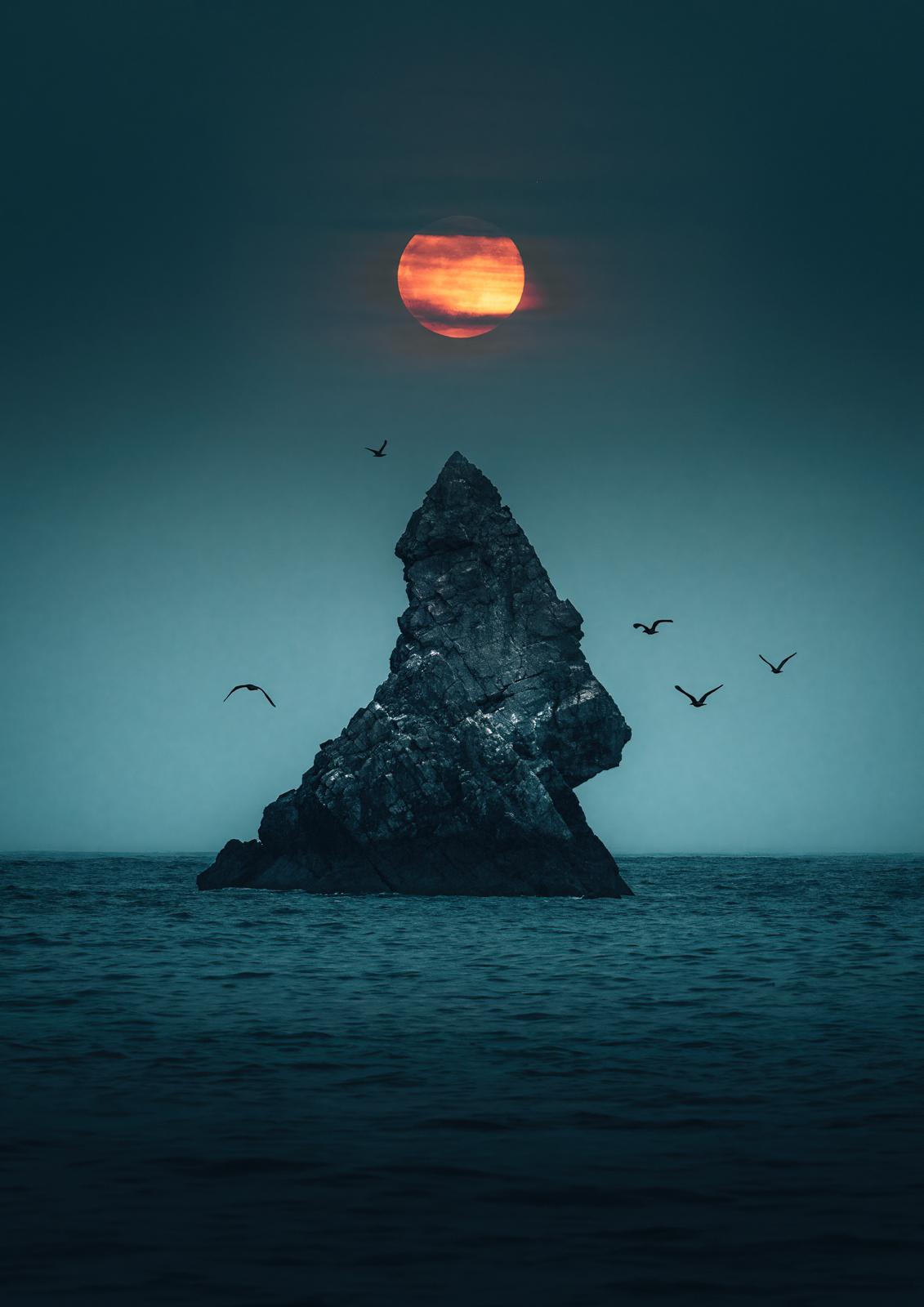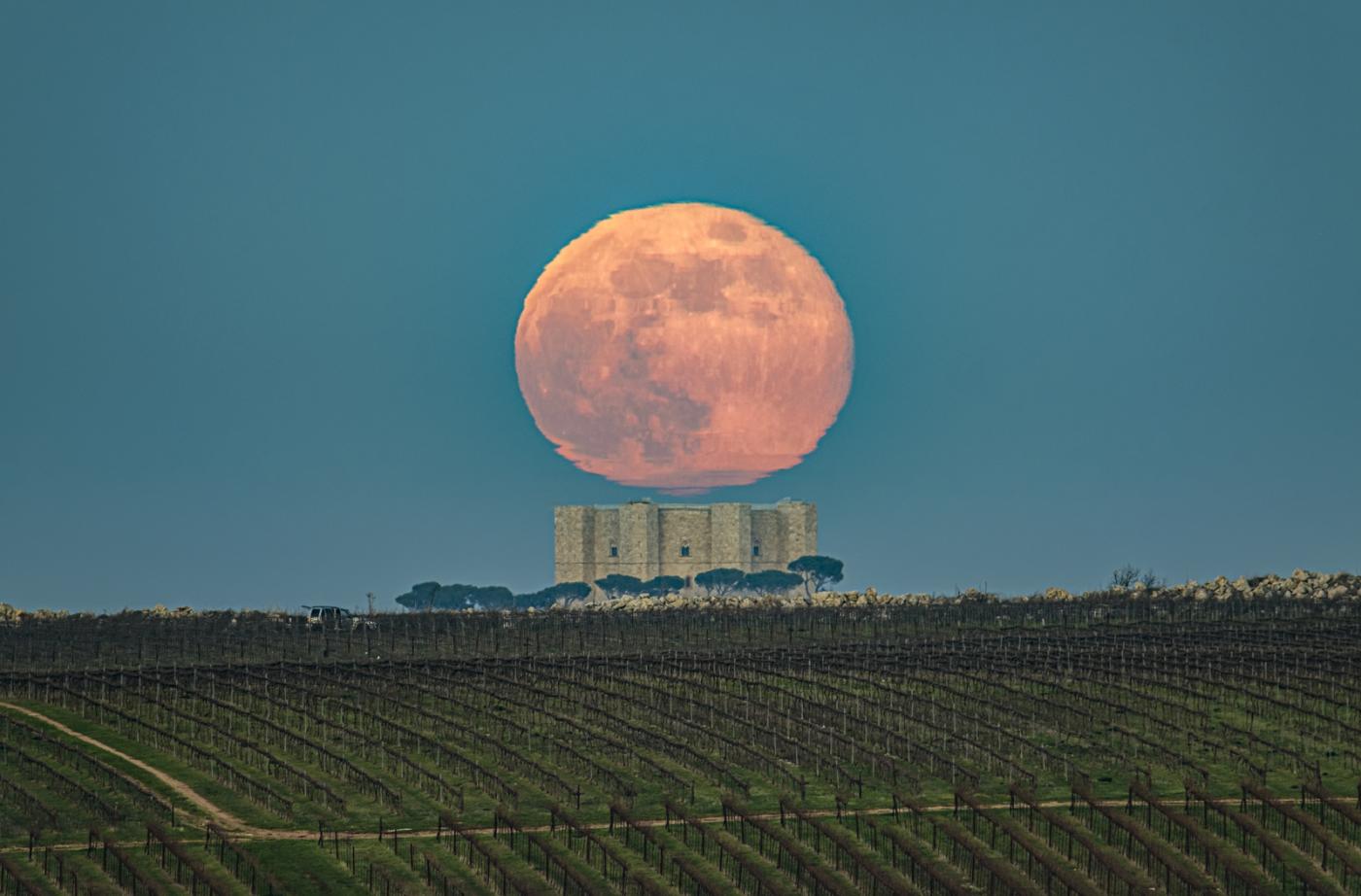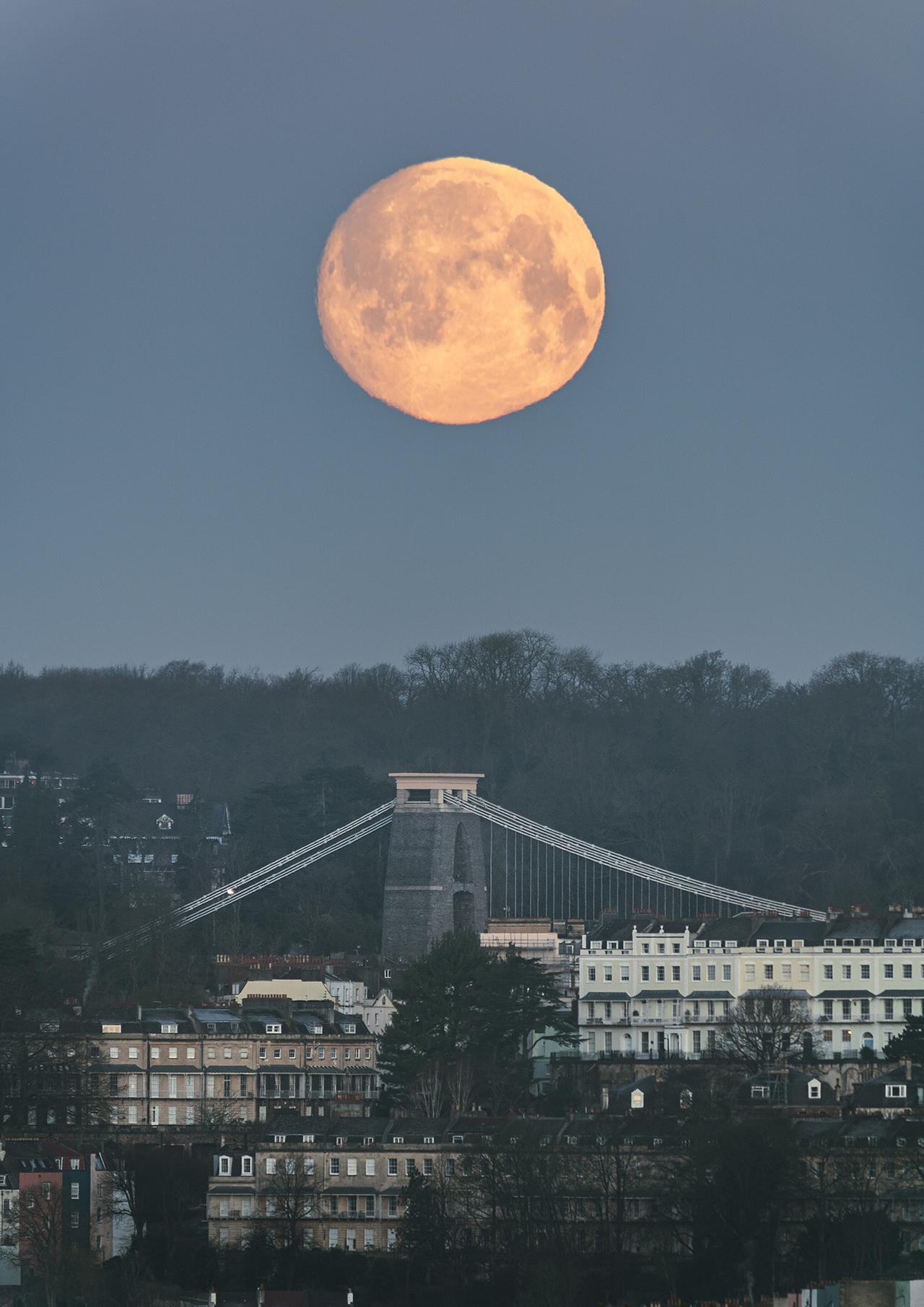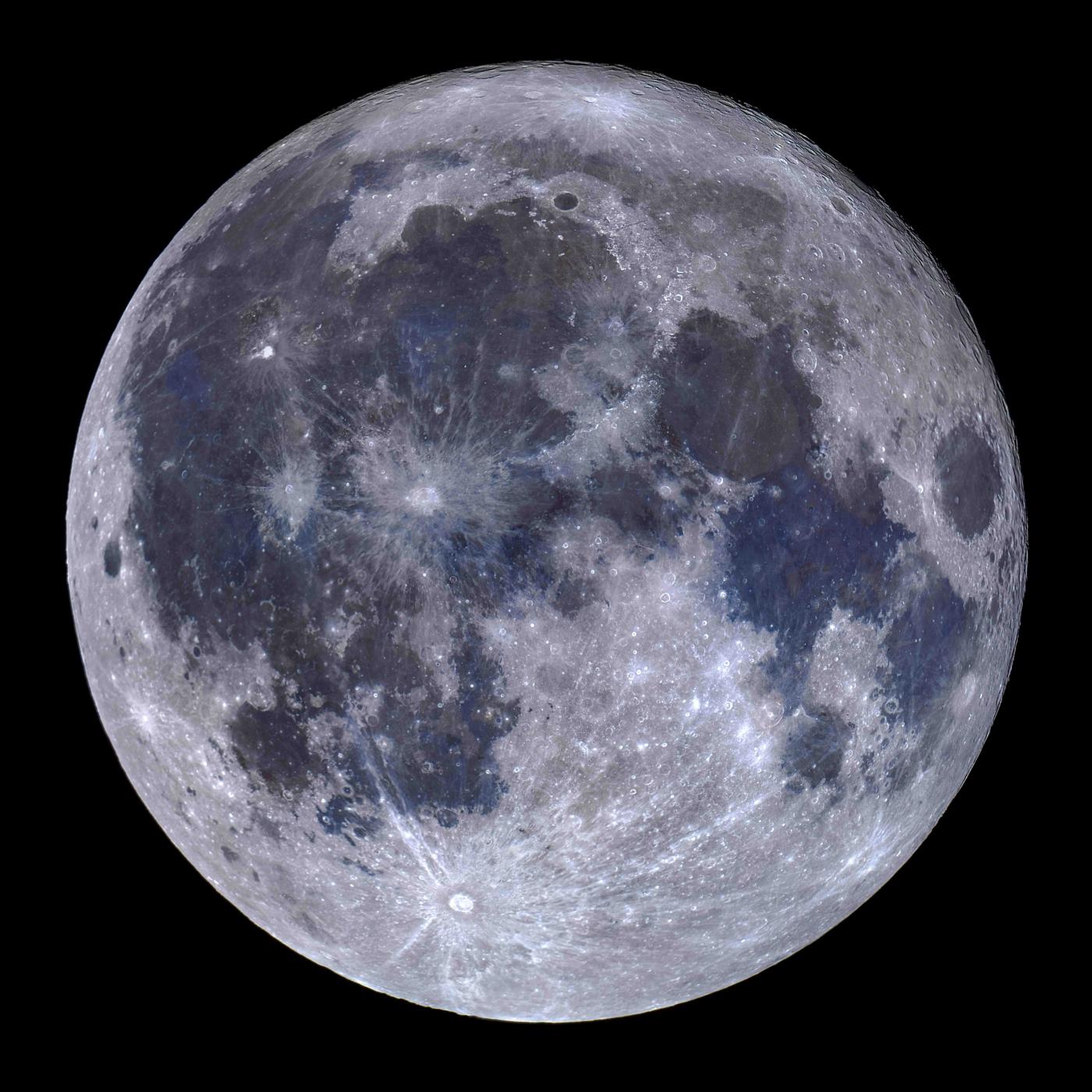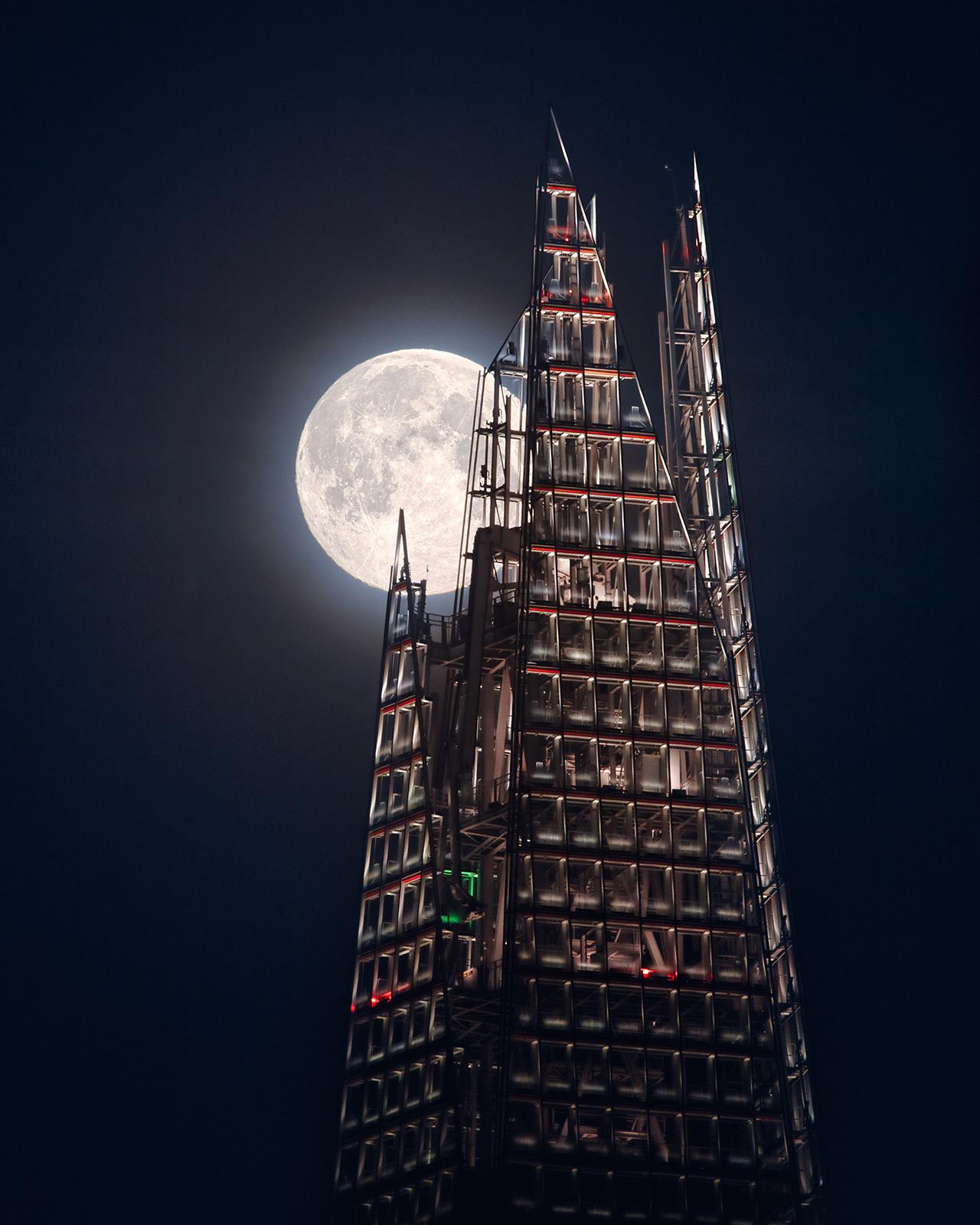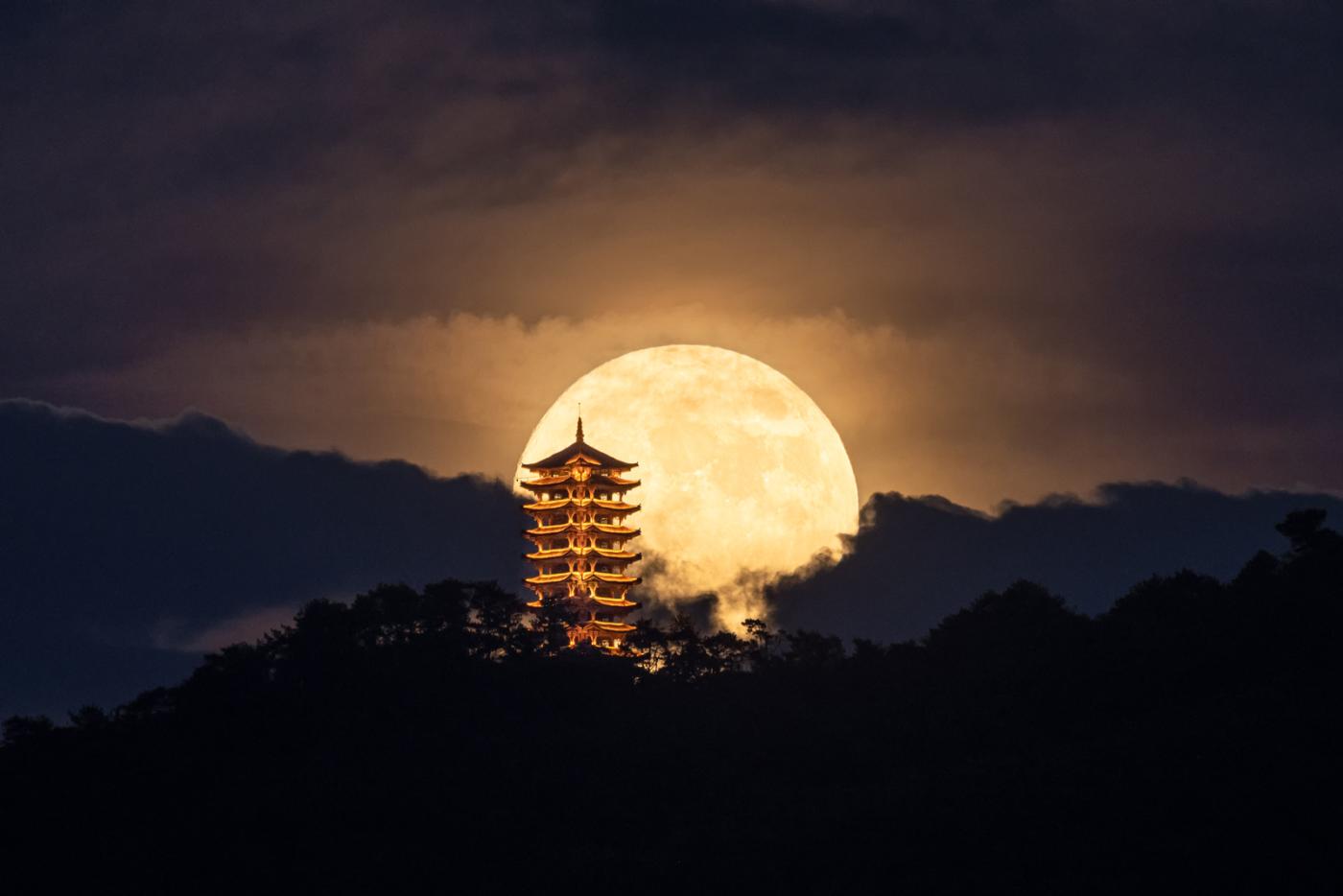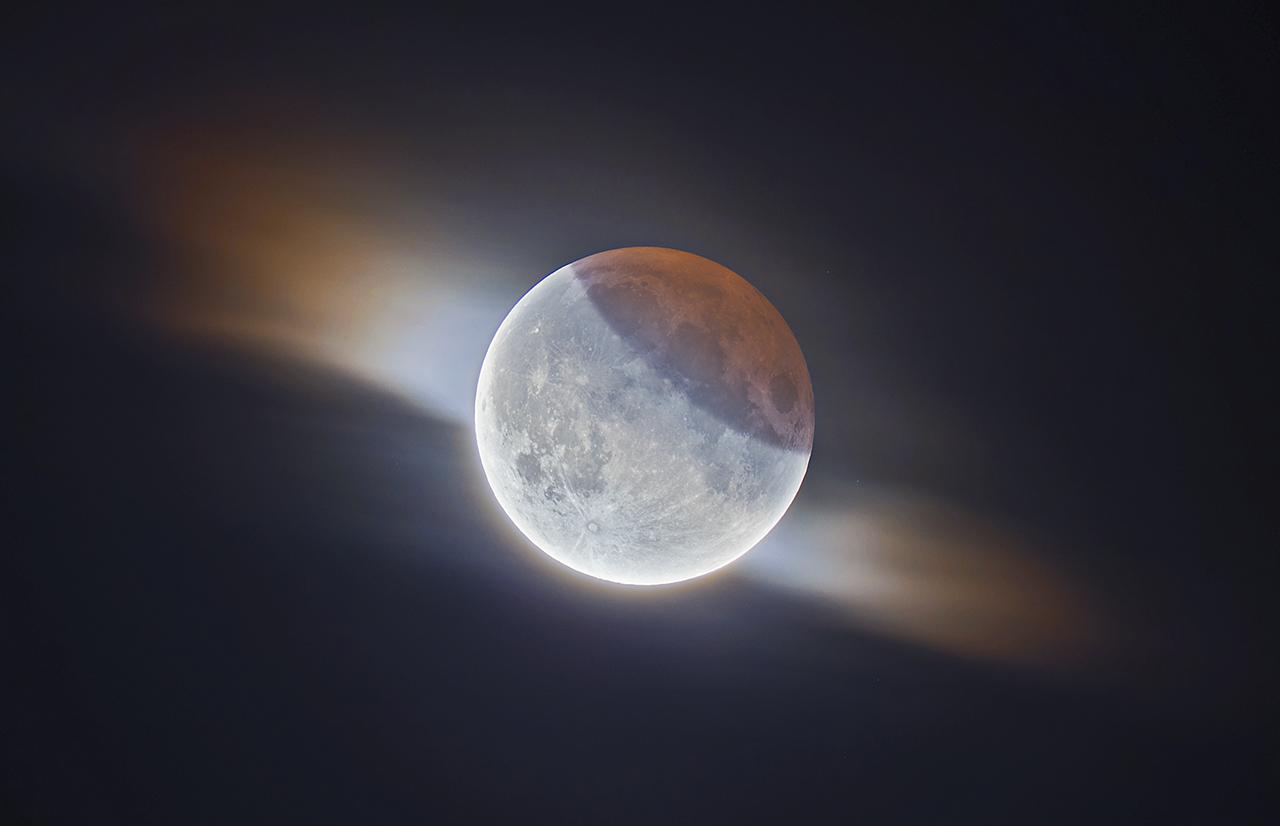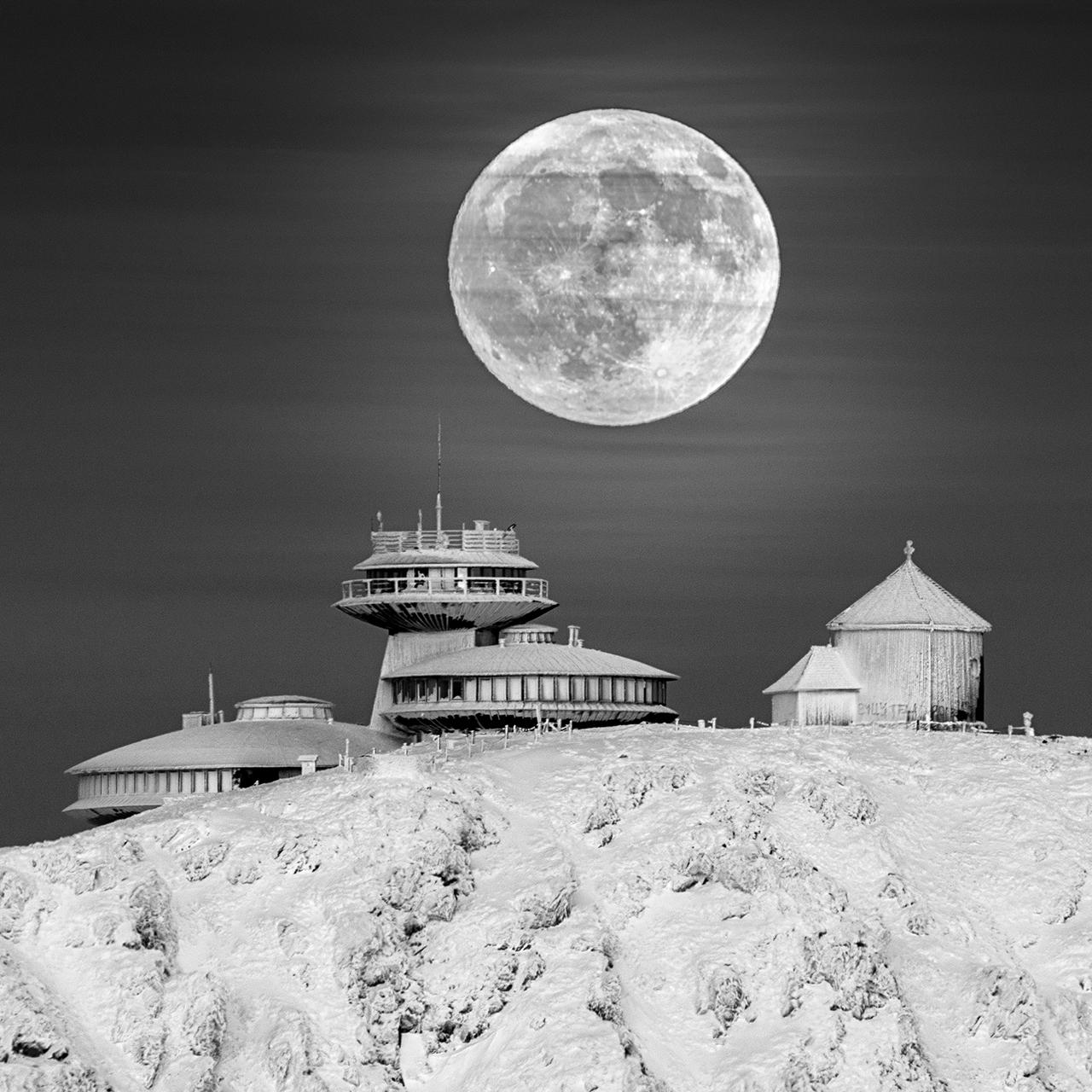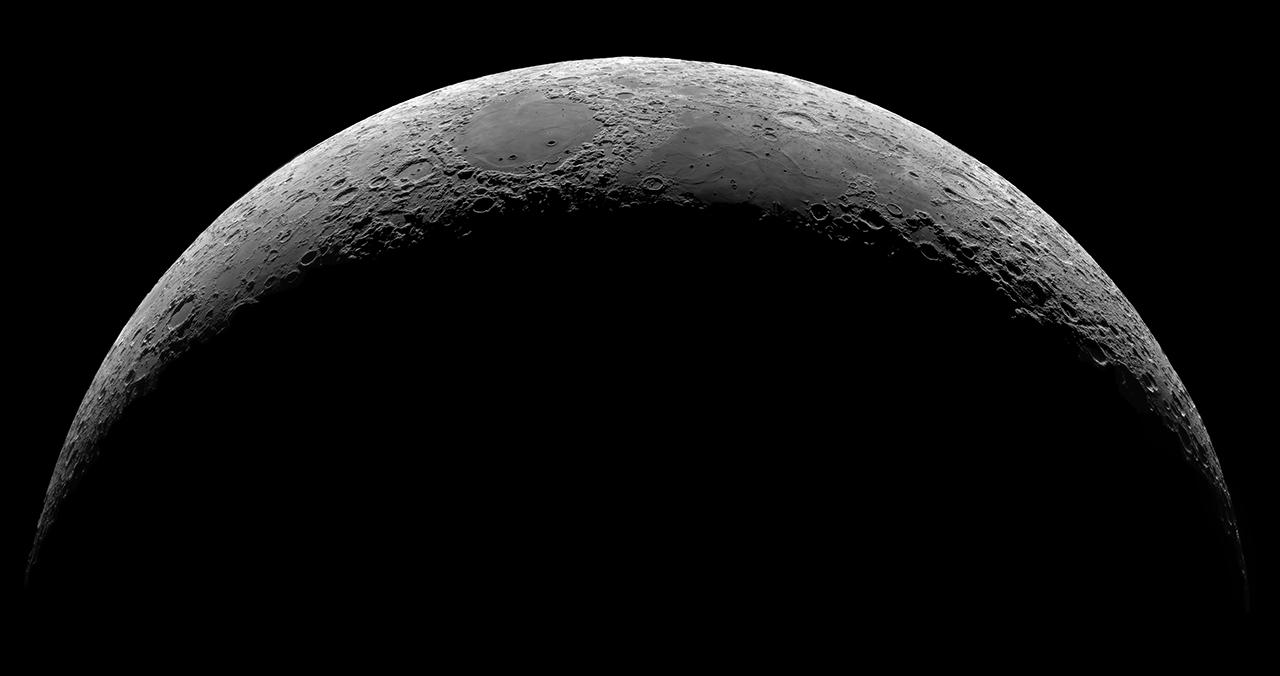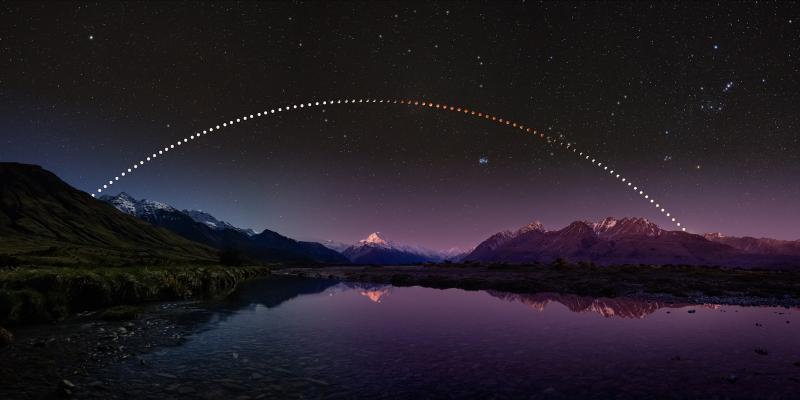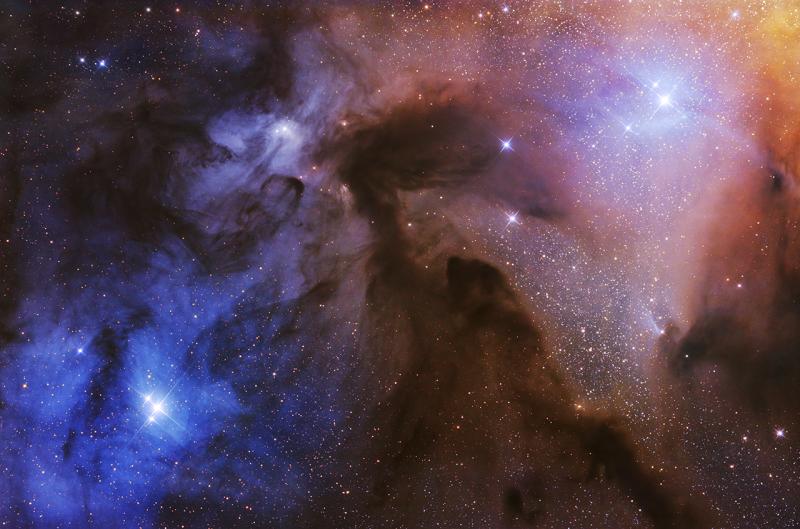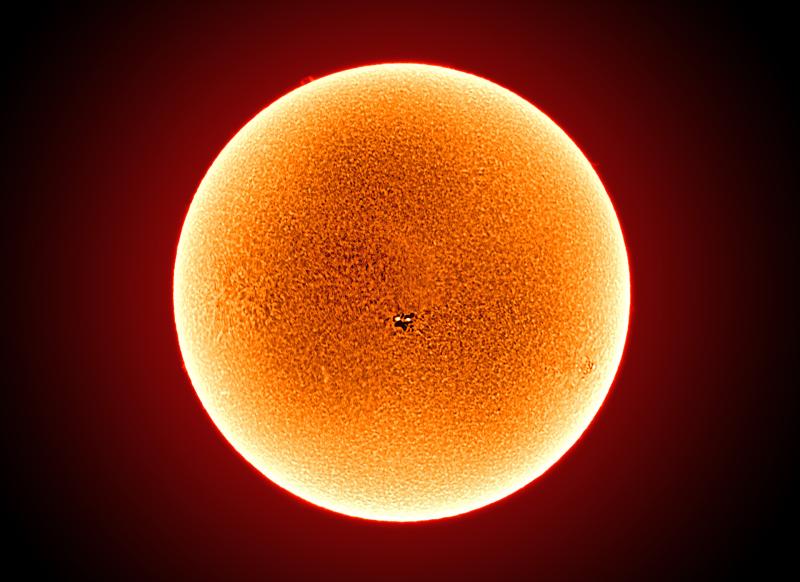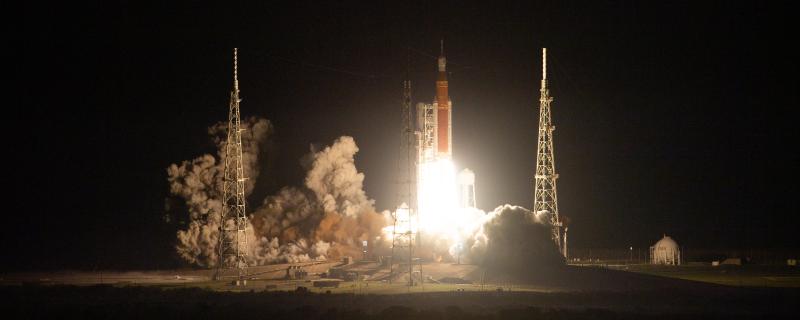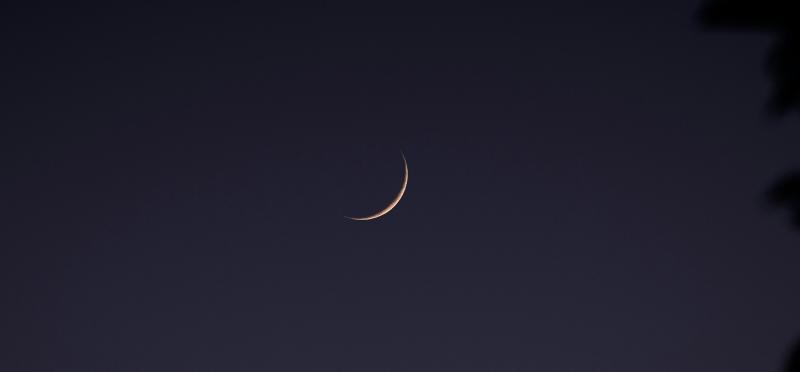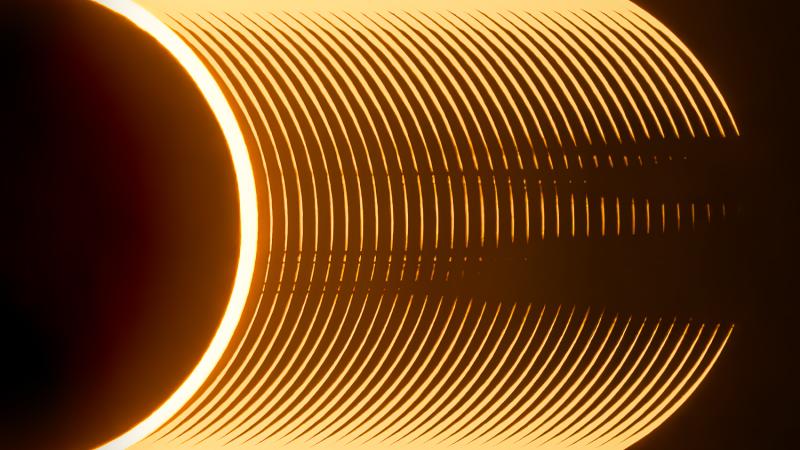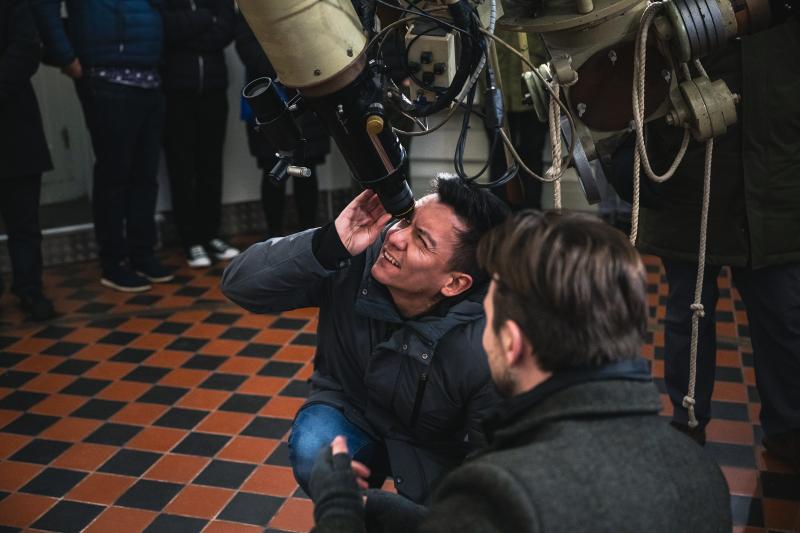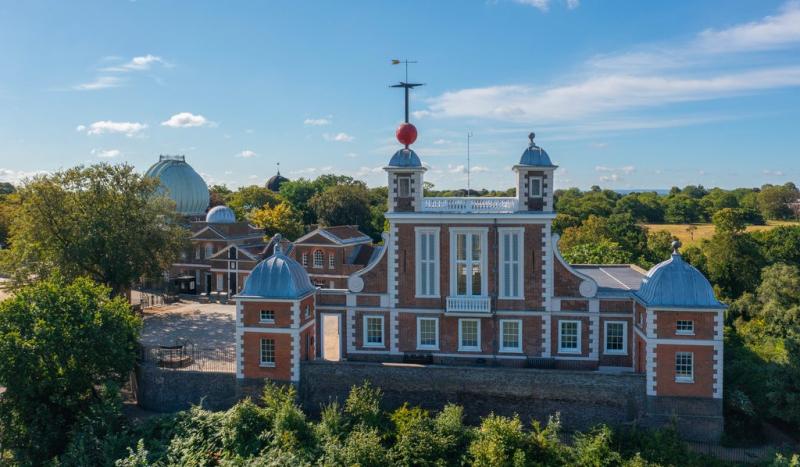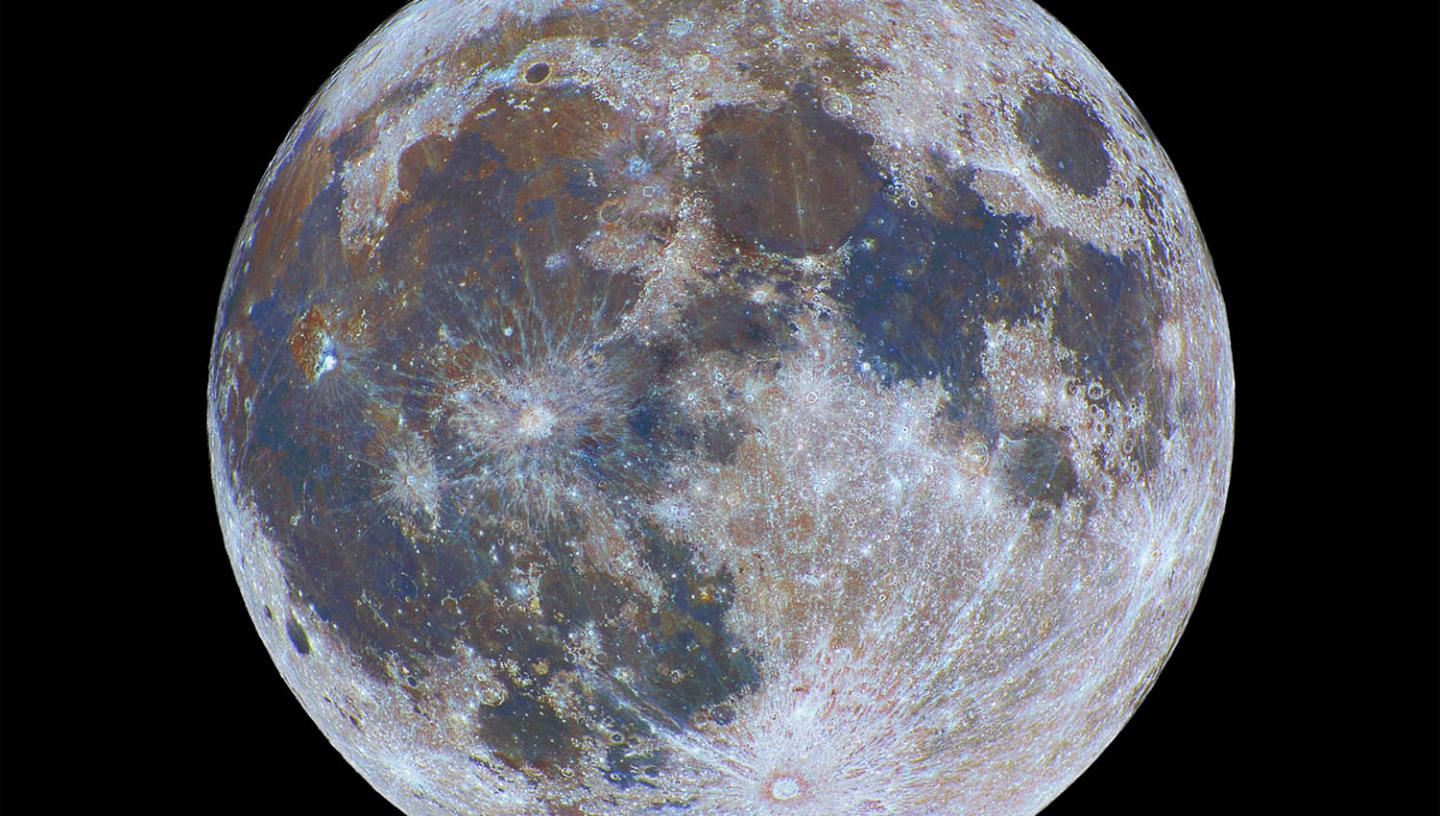
A full Moon is when the Moon appears as a complete circle in the sky.
We see it as a circle because the whole side of the Moon facing the Earth is lit up by the Sun's rays.
The Moon produces no visible light of its own, so we can only see the parts of the Moon that are lit up by other objects.
A small amount of light comes from distant stars and the reflection of light from the Earth (known as 'Earthshine'). However the main source of light for the Moon is the Sun.
Learn more:
- What are the phases of the Moon?
- How often does a full Moon occur?
- 2025 full Moon calendar
- Is there a full Moon every month?
- Why can't we see the far side of the Moon?
- Can you have a full Moon during the day?
- What is a supermoon?
What are the phases of the Moon?
The Moon appears as different shapes in the sky depending on its 'phase', from new Moon to full Moon via 'waxing' (growing) and 'waning' (shrinking) moons. These phases are determined by the relative positions of the Sun, Earth and Moon.
If the Moon is between the Earth and the Sun in its orbit, then the back side of the Moon is lit and the side facing the Earth is in darkness. This is called a new Moon.
If the Moon is on the opposite side of the Earth to the Sun, then the near side of the Moon will be fully lit: a full Moon.
How often does a full Moon occur?
A full Moon happens roughly every 29.5 days. This is the length of time it takes for the Moon to go through one whole lunar phase cycle.
Want more space and astronomy?
Join our newsletter to get astronomy guides, space news and the latest updates from the Royal Observatory.
When is the next full Moon?
The next full Moon is on 10 July 2025 at 9.37pm in the UK. This is sometimes known as the 'Buck Moon'.
Check the calendar below to see all the full Moon dates in 2025.
Full Moon calendar 2025
| Full Moon date and time | Full Moon name |
|---|---|
| 13 January (10.27pm) | Wolf Moon |
| 12 February (1.53pm) | Snow Moon |
| 14 March (6.55am) | Worm Moon |
| 13 April (1.22am) | Pink Moon |
| 12 May (5.56pm) | Flower Moon |
| 11 June (8.44am) | Strawberry Moon |
| 10 July (9.37pm) | Buck Moon |
| 9 August (8.55am) | Sturgeon Moon |
| 7 September (7.09pm) | Corn/Harvest Moon |
| 7 October (4.48am) | Hunter's Moon |
| 5 November (1.19pm) | Beaver Moon |
| 4 December (11.14pm) | Cold Moon |
All times show the time of the full Moon at the Royal Observatory's home in London, either in GMT or BST depending on the time of year. For full details see the 2025 Guide to the Night Sky.
Is there a full Moon every month?
The Moon’s phases and the months of the year are closely linked - the word 'month' even takes its root from the word 'moon'.
A month was originally defined to be either 29 or 30 days, which is roughly equal to the 29-and-a-half-day lunar cycle. However, extra days were later added to some calendar months, in order to make 12 months add up to 365 days – a complete solar year.
Because our modern calendar isn’t quite in line with the Moon’s phases, it's possible to have more than one full Moon in a month. This is commonly known as a blue moon.
Why can't we see the far side of the Moon?
The Moon is in what astronomers call 'synchronous rotation' with Earth, which means the same side of the Moon always faces us.
As this animation courtesy of NASA's Scientific Visualization Studio shows, the Moon rotates at the same rate as its orbital motion.
We may not be able to see the far side of the Moon from Earth, but it isn't true that there is always one 'dark' side of the Moon. Just like on Earth, all parts of the Moon will receive sunlight at some point during the lunar day.
Photos of the Moon
See some of the standout images from Astronomy Photographer of the Year, an annual competition hosted by Royal Observatory Greenwich.
Why is there a full Moon in the daytime?
Some of the times included in the table show full moons happening in the daytime. How can this be?
The time refers to the exact moment when the Sun and Moon are aligned on opposite sides of the Earth. This moment is known as the 'syzygy' of the Sun-Earth-Moon system, and can happen at any time day or night.
The Moon will still look full either on the night before or the evening after the exact moment of 'full Moon'.
What is a supermoon?
The distance between the Moon and the Earth varies, because the Earth is not right at the centre of the Moon’s orbit and the Moon’s orbit is not a circle (it’s an ellipse).
The moment when the Moon is closest to the Earth is called a lunar perigee. When the Moon is furthest away it is known as a lunar apogee.
If the lunar perigee occurs very close to a full Moon, then we see what is sometimes referred to as a supermoon. If a lunar apogee occurs very close to a full Moon then we see a micromoon.
Find more great space and astronomy facts
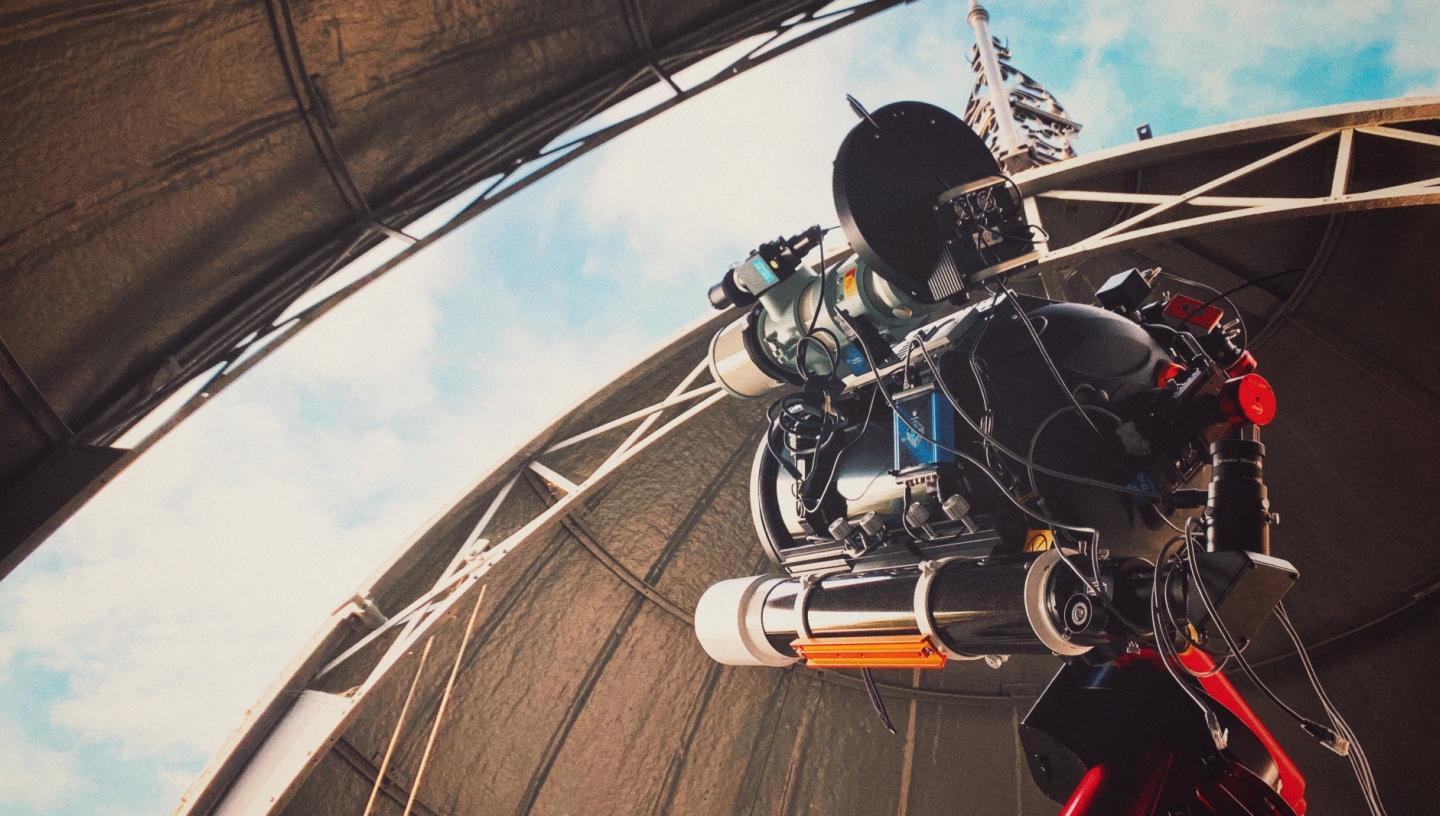
Space and astronomy
Main image: Color-Full Moon by Nicolas Lefaudeux, Astronomy Photographer of the Year 2019
